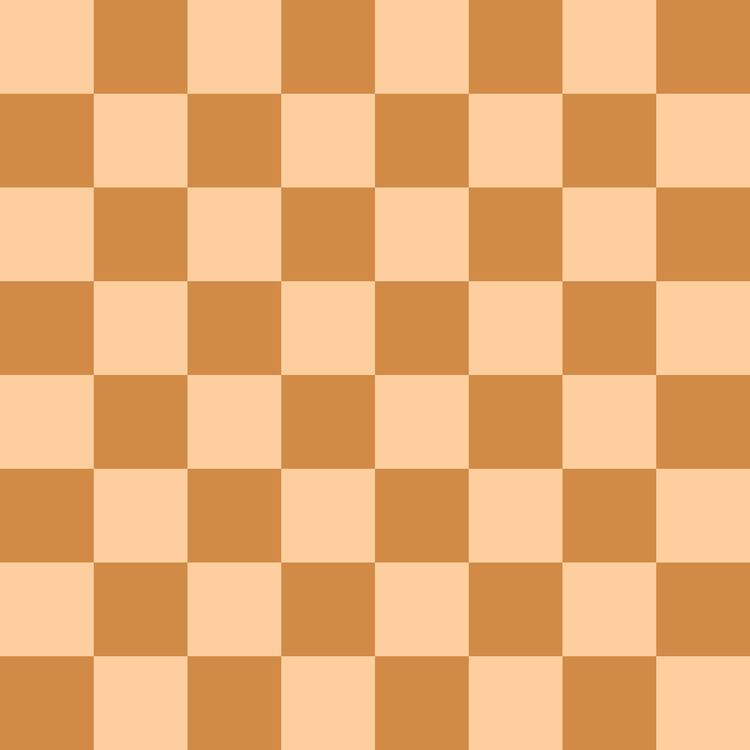 | ||
Kriegspiel (German for war game) is a chess variant invented by Henry Michael Temple in 1899 and based upon the original Kriegsspiel developed by Georg von Reiswitz in 1812. In this game each player can see their own pieces, but not those of their opponent. For this reason, it is necessary to have a third person (or computer) act as a referee, with full information about the progress of the game. When it is a player's turn he or she will attempt a move, which the referee will declare to be 'legal' or 'illegal'. If the move is illegal, the player tries again; if it is legal, that move stands. Each player is given information about checks and captures. They may also ask the referee if there are any legal captures with a pawn. Since the position of the opponent's pieces is unknown, Kriegspiel is not a game with perfect information. Chess Kriegspiel derives from a war game which was used in 19th century Germany to train military officers. As each player cannot see his or her opponents pieces, the game is sometimes referred to as blind chess.
Contents
Rules
There are several different rule sets for Kriegspiel. The most widespread rules are those used on the Internet Chess Club, where Kriegspiel is called Wild 16. The rules are as follows.
The game is played with three boards, one for each player; the third is for the umpire (and spectators). Each opponent knows the exact position of just their pieces, and does not know where the opponent's pieces are (but can keep track of how many there are). Only the umpire knows the position of the game. The game proceeds in the following way:
The umpire announces:
Pawn promotions are not announced.
Kriegspiel problems
Kriegspiel is sometimes used in chess problems. In these, usual variations introduced by different black moves are replaced by variations introduced by different announcements.
An example of a Kriegspiel problem is shown at the right. White must checkmate Black in 8 moves, no matter where the black bishop initially is (it is somewhere on dark squares) and no matter what black plays. (Note that in a real Kriegspiel game, black would not see white's moves, but for a problem in which white is to force a win, one must assume the worst-case scenario in which black guesses correctly on each move.) For example, 1. Ra1?? is a draw by stalemate if the black bishop was initially on a1. 1. Nf2 Bxf2 2. Kxf2 (or Rxf2) is stalemate as well. So, white should not move either the knight or the bishop, because either might capture the black bishop by accident. For the same reason, the white rook should move only to light squares -- but only half of the light squares are reachable without visiting a dark square along the way.
The solution is the following: White tries to play 1. Rg2.
White continues with 2. Rg8.
Rule variations
Edward Nathan Frankenstein suggested in 1903 a variation of the game where one player sees the board and another plays Kriegspiel. To make the game fair, one player starts with fewer pieces. Frankenstein proposed two variants:
In both versions, it should be announced which bishop is used (on c-file or f-file).
The Semi-kriegspiel, suggested by David Silverman in 1971, is similar to these variations. In this game the "sighted" side has only king and queen, which he/she can place on any legal square before the beginning of the game. In Modern kriegspiel by Bruce Trone in 1986, after each move the player calls seven squares, which must be opened by umpire. Otherwise the rules are as in usual kriegspiel.
Combining Crazyhouse with Kriegspiel yields Crazyhouse Kriegspiel (or CrazyKrieg for short).
In shogi, the game, analogous to kriegspiel, is called tsuitate shogi (Japanese: 衝立将棋).
